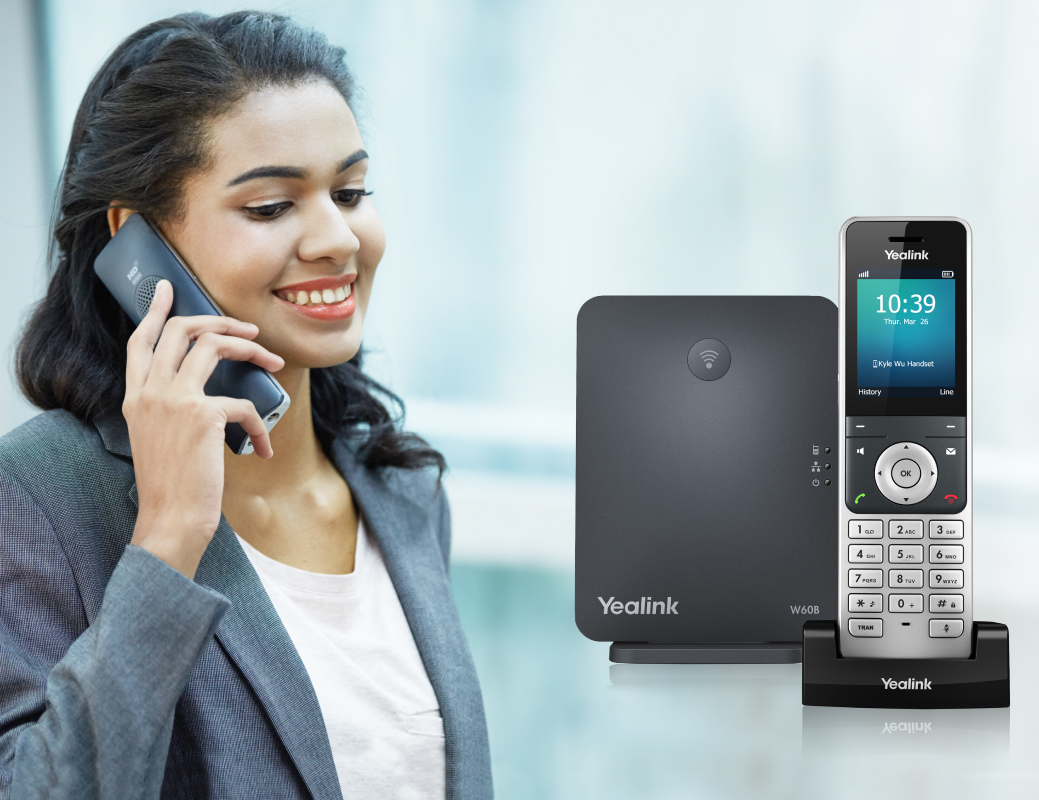Introduction
The way we communicate has undergone a tremendous transformation over the past few decades. From traditional landlines to mobile phones, and now, the rise of Voice over Internet Protocol (VoIP) phone systems, the landscape is continuously evolving. In this article, we'll explore The Future of Communication: Embracing VoIP Phone Systems, understanding their benefits, features, and how they're reshaping our interaction paradigms. As we dive into this intriguing topic, it’s vital to grasp not just the technology itself but also its implications on personal and business communication.
What is a VoIP Phone System?
Understanding VoIP Technology
VoIP stands for Voice over Internet Protocol. It allows users to make voice calls using the internet instead of traditional telephone lines. By converting voice signals into digital data packets and transmitting them over the internet, VoIP phone systems have revolutionized how we connect with one another.
Key Features of VoIP Phone Systems
Some of the remarkable features that come with a VoIP phone system include:
- Cost Savings: Lower call rates compared to traditional telephony. Flexibility: Users can make calls from anywhere with an internet connection. Scalability: Easy to add or remove lines as needed. Advanced Features: Call forwarding, voicemail-to-email, and conference calling.
Benefits of Adopting VoIP Phone Systems
Cost Efficiency
One of the primary reasons businesses switch to VoIP phone systems is cost efficiency. Traditional phone systems often involve hefty installation fees and ongoing charges. In contrast, VoIP services generally offer more competitive pricing structures.
Enhanced Communication Features
Modern VoIP solutions come packed with features that extend well beyond basic calling. These include video conferencing capabilities, instant messaging integration, and even CRM tools that streamline customer interactions.
The Rise of Remote Work and Its Impact on Communication
Remote Work Trends
The COVID-19 pandemic https://canvas.instructure.com/eportfolios/3094699/judahujzv879/what-makes-an-effective-customer-support-strategy-with-a-voip-system accelerated remote work trends globally. With more people working from home than ever before, businesses had to adapt quickly. Enter VoIP phone systems – providing seamless communication options that are crucial for remote teams.
Bridging Communication Gaps
VoIP technology has played a pivotal role in bridging communication gaps when teams are spread out geographically. It enables real-time collaboration no matter where employees are located.
Comparing VoIP Phone Systems to Traditional Telephone Lines
Reliability and Quality
When comparing VoIP phone systems with traditional telephone lines, many users find that call quality can be superior in certain conditions—especially when high-speed internet is available.
Maintenance Costs
Traditional phone systems often require more maintenance than their VoIP counterparts because they rely on physical infrastructure. This makes them less flexible in terms of upgrades and changes.
The Future of Communication: Embracing VoIP Phone Systems in Business
Streamlining Business Operations
Businesses today are constantly seeking ways to streamline operations and improve efficiency. A robust VoIP phone system allows for better internal communication among teams as well as enhanced customer service capabilities.
Integrating with Other Technologies
VoIP systems can easily integrate with other technologies such as Customer Relationship Management (CRM) software, enhancing productivity further by enabling quick access to customer information during calls.
How Secure are VoIP Phone Systems?
Addressing Security Concerns
Security is a legitimate concern when adopting any new technology. With proper measures like encryption protocols in place, businesses can protect their communications effectively.
Best Practices for Securing VoIP Communications
To maintain security while using a VoIP phone system, consider following these best practices:
Use strong passwords. Keep your software updated. Implement firewalls specifically for your network. Regularly monitor traffic for any suspicious activities.User Experience in Using VoIP Phone Systems
Ease of Use
Most users find that modern VoIP phone systems come equipped with user-friendly interfaces which make them easy to navigate even for those who aren't tech-savvy.

Customization Options
Many providers offer customization options allowing businesses to tailor their communications setup according to their specific needs—be it through personalized greetings or customized voicemail messages.

Impact on Customer Service
Enhancing Customer Interactions
With features like call tracking and analytics integrated into many modern VoIP solutions, businesses can enhance their customer service experience significantly by gaining insights into customer interactions.
Real-time Support Capabilities
VoIP technology facilitates real-time support via instant messaging or video calls—a feature that's invaluable for companies aiming to provide top-notch customer service experiences.
Cloud-based vs On-premise VoIP Solutions
What’s the Difference?
Cloud-based solutions host all hardware off-site while on-premise setups require physical equipment at your location. Both have distinct advantages depending on your business needs and size.
Scalability Considerations
For growing businesses or startups looking for flexibility without large upfront costs, cloud-based options tend to be more favorable due to their scalability without extensive hardware investments.

The Future of Communication: Embracing VoIP Phone Systems in Education
Revolutionizing Learning Environments
Educational institutions increasingly adopt VoIP technology not only for administrative purposes but also for interactive learning experiences between students and educators across various locations worldwide.
Virtual Classrooms Enabled by VoIP
Through video conferencing capabilities provided by many modern VoIP phone systems, virtual classrooms have become commonplace—allowing students from different regions to collaborate effectively without being physically present together.
Challenges Facing the Adoption of VoIP Technology
Technical Challenges
While most people find using a VoIP phone system easy enough after initial set-up; technical challenges such as unstable internet connections can hamper performance if not addressed properly beforehand.
Resistance to Change
Many businesses still cling tightly onto traditional telephony methods due largely due concerns about reliability or lack familiarity with new technologies—a barrier preventing broader adoption despite evident benefits offered by adopting modern solutions like these ones!
FAQs about VoIP Phone Systems
1. What is the main advantage of using a VoIP phone system?
- The main advantage is cost savings combined with advanced features compared to traditional telephone services.
2. Can I use my existing phones with a new VoIP service?
- Yes! Many existing phones can be adapted for use with a new system through adapters or specific configurations.
3. How does call quality compare between traditional phones and VoIPs?
- Call quality can often be superior if you have reliable high-speed internet; however fluctuations can occur based on bandwidth usage.
4. Is it safe from hackers?
- While there are security risks associated with any online communication tool, implementing proper security measures significantly reduces vulnerabilities.
5. Do I need special equipment?
- You may need an adapter if using traditional handsets; otherwise just an internet connection suffices!
6. Are there limits on how many calls I can make simultaneously?
- Most providers offer scalable plans allowing various simultaneous call capacities based upon chosen subscription levels.
Conclusion
As we explore "The Future of Communication: Embracing VoIP Phone Systems," it becomes increasingly clear that these technologies will play an integral role in shaping how we communicate moving forward—both personally and professionally! Whether you're a small startup or an established enterprise looking towards improvement strategies; investing thoughtfully into adopting robust solutions like these ones paves roads toward better connections & enhanced productivity overall!